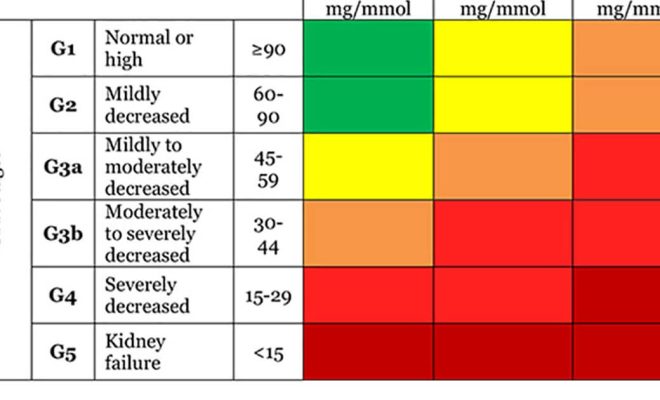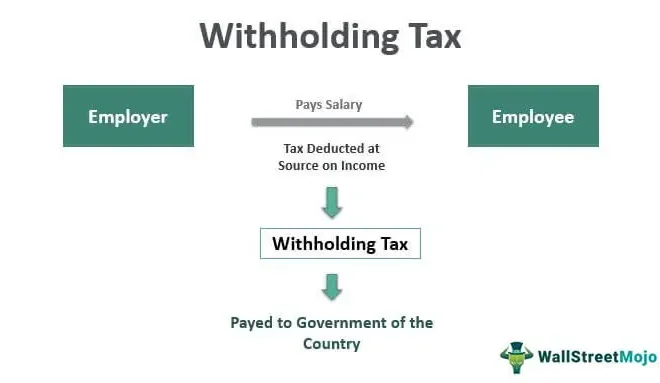How to calculate cyclical unemployment

Cyclical unemployment refers to the component of unemployment that results from economic downturns or recessions. During a recession, businesses tend to decrease their production levels, leading to job losses and higher unemployment. Understanding cyclical unemployment is essential for policymakers to devise appropriate countermeasures that can help stabilize an economy during difficult times. In this article, we will discuss how to calculate cyclical unemployment using relevant economic indicators.
Step 1: Understand the types of unemployment
Before diving into the calculation of cyclical unemployment, it’s important to understand the three broad categories of unemployment:
1. Frictional unemployment: This refers to the short-term joblessness that occurs when people are in between jobs or searching for their first job.
2. Structural unemployment: This type of unemployment occurs when there is a mismatch between the skills of workers and the jobs available in the market.
3. Cyclical unemployment: As mentioned before, this is attributed to downturns in economic activity.
Step 2: Determine relevant economic indicators
To calculate cyclical unemployment, it’s necessary to obtain data on pertinent economic indicators. The main indicators you will need are:
1. Actual Unemployment Rate (AUR): The actual number of people who are unemployed as a percentage of the labor force.
2. Natural Rate of Unemployment (NRU): Also referred to as full employment rate, this is the long-run average level of unemployment that occurs when frictional and structural unemployment exist but there is no cyclical unemployment.
3. Potential Gross Domestic Product (PGDP): The estimated level of GDP that would occur if all resources were fully employed and were operating at peak efficiency.
Step 3: Calculating Cyclical Unemployment Rate (CUR)
The Cyclical Unemployment Rate indicates the percentage difference between the Actual Unemployment Rate and the Natural Rate of Unemployment. You can use the following formula to calculate the CUR:
Cyclical Unemployment Rate (CUR) = Actual Unemployment Rate (AUR) – Natural Rate of Unemployment (NRU)
For example, if the AUR is 7% and the NRU is 5%, then the CUR would be:
CUR = 7% – 5% = 2%
This indicates that 2% of the labor force is currently experiencing cyclical unemployment due to economic downturns.
Step 4: Analyzing Cyclical Unemployment Data
By calculating and analyzing cyclical unemployment data, policymakers can determine whether an economy is facing a recessionary gap or an inflationary gap. A positive CUR indicates a recessionary gap, which means that more economic stimulus may be needed to address the job losses. Conversely, a negative CUR suggests an inflationary gap, indicating that the economy may be overheating, leading to potential need for measures to cool it down.
Conclusion
Calculating cyclical unemployment helps economists, policymakers, and businesses comprehend current economic conditions and adjust their approaches accordingly. Accurate assessment of cyclical unemployment can assist in implementing effective policies that drive economic recovery and achieve long-term stability.






